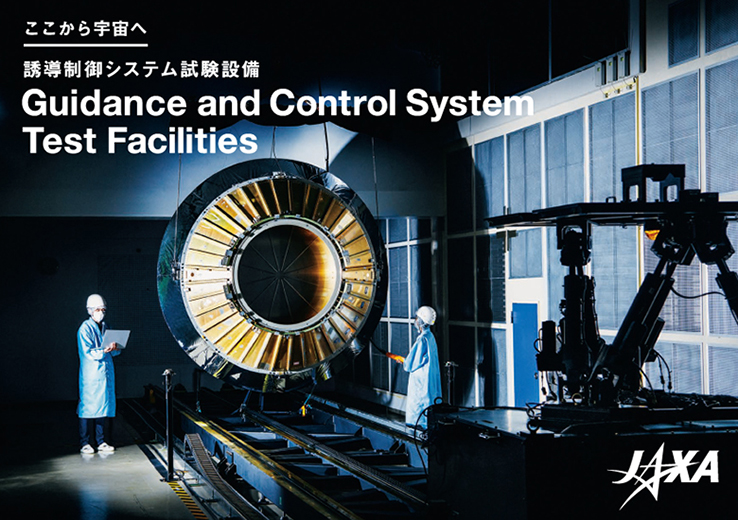The Value of Our Research
The SSPS has many advantages as follows: it provides power 24 hours a day without being affected by weather conditions, unlike terrestrial renewable energy sources; the solar irradiance in space is 40% stronger than that on the ground; power can be directed to different locations on demand; as the SSPS eliminates the need for power lines, it is less vulnerable to terrestrial natural disasters; and solar energy is not affected by fluctuations in energy prices, unlike fossil fuels.
To realize the SSPS, on the other hand, we must develop technologies to generate, transmit, and receive power efficiently and safely, to assemble large structures in orbit, to perform in-orbit operations and maintenance (repair) over many years, and to launch bulky materials into space.
We have been conducting R&D with objectives of overcoming technological hurdles and returning technological benefits to society at a much earlier date.

Research Goals
Comprehensive study on the SSPS
We have studied the SSPS comprehensively, with its focus on strategic approaches to research and development of the SSPS from a viewpoint of electric power demand and immediate practical applications of the SSPS technologies developed at successive milestones, as well as the safety of the microwaves and lasers used.
Microwave wireless power transmission technology
We have been researching two critical technologies. The first is a technology to efficiently convert solar DC current into microwaves aboard the satellite, and then convert the microwaves back to DC current on the ground. The second is a technology to steer a microwave beam in any direction with high accuracy.
Laser wireless power transmission technology
Two critical technologies have been researched. The first is a highly efficient conversion technology for converting solar DC current to laser energy in space and then back to DC power on the ground. The second is a technology for controlling the direction of the laser with extreme accuracy.
Large-scale structure assembly technology
Robotic assembly technology will be critical for the safe and affordable construction of kilometer-scale structures in orbit. As a first step, we have been researching a robotic assembly technology capable of assembling a 100-meter-scale space structure in orbit.
About the SSPS
Many studies have been conducted on SSPS concepts and technologies in Japan and overseas. The section summarizes the history, advantage, and challenges of the SSPS.
FAQ
Answers to the questions most frequently asked about the SSPS program.








